Smart Infrastructure for Utilities, Plants & Manufacturing

Kristian Storm
Founder & CEOIntroduction
The rapid urbanization and increasing demand for resource efficiency have propelled the concept of smart utility monitoring and other advanced smart infrastructure capabilities to the forefront of modern city and industry planning. At its essence, smart infrastructure represents the blending of digital intelligence—leveraging Industrial IoT for plants, advanced analytics, and seamless connectivity—with traditional physical systems. This merging creates not just connected, but responsive and adaptive environments.
While the applications are vast, touching transportation, communications, and public systems, the most profound changes are unfolding within smart city utilities and industrial plants, challenging the conventional manual approaches and enabling new heights of safety, efficiency, and sustainability.
What Is Smart Infrastructure?
Smart infrastructure refers to the systematic integration of IoT devices, sensors, big data analytics, and automation within established high-value assets such as energy distributors, treatment plants, substations, water systems, oil & gas facilities, factories, and roadways. By digitizing these elements, organizations gain the ability to capture and analyze real-time infrastructure analytics from diverse energy systems points throughout their operations, unlocking a richer understanding of how assets perform over time and under varying conditions.
Such digital solutions allow organizations to:
Collect and analyze real-time data from distributed assets
Make data-driven decisions to optimize efficiency and resource use
Predict and prevent failures before they occur
Reduce operational costs and environmental impact
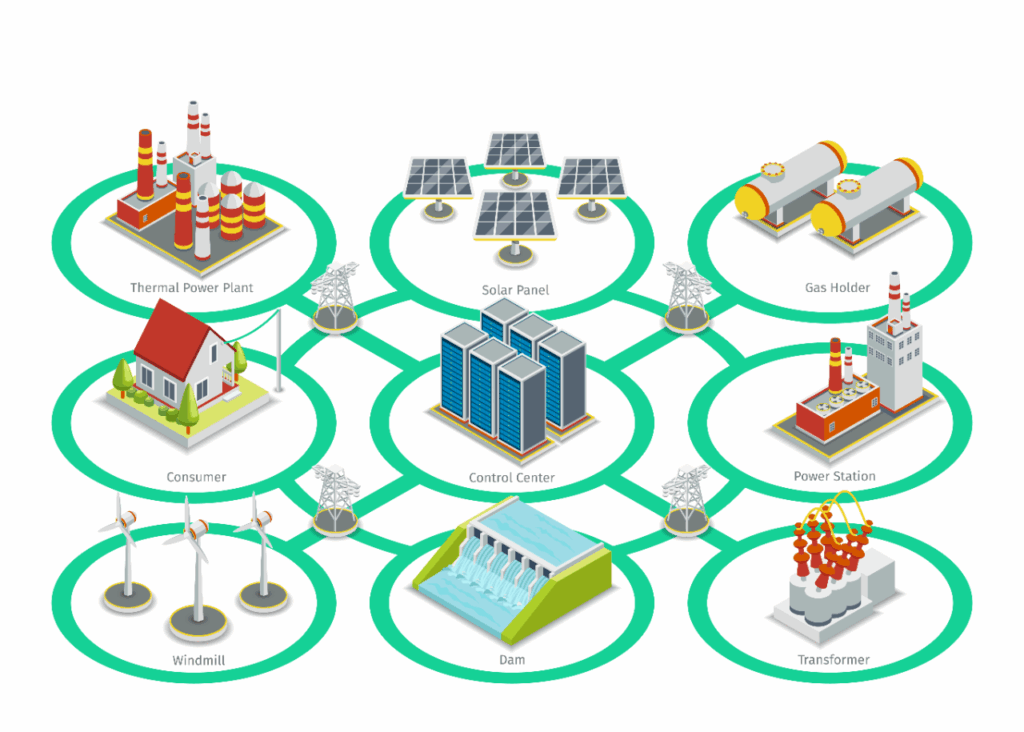
With such insights, decisions shift from reactive problem-solving to proactive, optimized planning. Predictive maintenance in utilities becomes the standard, with potential failures anticipated and prevented. In turn, this reduces energy usage and costs, avoids service disruptions, and minimizes environmental impact. Through strategic, data-driven actions, smart infrastructure transforms static public and private utilities and plants into agile, resilient, and resource-conscious networks suited to modern demands, creating a smart grid optimization pathway that leads towards the future vision of smart city utilities.
Why Are Utilities and Plants Embracing Smart Infrastructure?
Utilities responsible for distributing electricity, water, and gas operate within a landscape marked by mounting demand, aging equipment, growing regulatory scrutiny, resource scarcity, and heightened vulnerability to climate-driven disturbances.
Smart infrastructure enables digitization in utilities and offers advanced technology solutions to these pressing challenges by enabling remote monitoring solutions for plants and remote diagnostics for utilities. For example, utility managers can track energy usage, ensure optimal performance, and identify inefficiencies from anywhere, eliminating manual labor for constant on-site inspections and enabling a dynamic response to faults or risks.
Predictive maintenance sensors, powered by vast datasets flowing from connected devices, allow utilities and plants to spot small anomalies and intervene early, reducing costly outages and system failures, resulting in operational efficiency.
This shift from routine, manual checks to automated, predictive approaches represents a paradigm change, helping companies stay ahead of incidents and conserve resources while improving energy distribution and service delivery.
Utilities and plants are rapidly shifting toward smart infrastructure as they seek smarter, more resilient ways to manage growing demand, aging assets, and operational challenges. The integration of advanced digital technologies, smart sensors, real-time monitoring, and predictive capabilities is enabling them to operate more efficiently while reducing risks and costs. This accelerating adoption reflects a broader industry movement toward connected, data-driven systems, fueling a huge market expansion as the benefits become undeniable.
Key Technologies Powering the Revolution
Several foundational technologies underpin the ongoing transformation to smart infrastructure. IoT devices, including smart meters, automated valves, and highly sensitive temperature or vibration sensors, form the primary data capture layer, collecting precise and continuous metrics from every corner of a network. Automated meter reading technologies are becoming a must in utilities to improve billing accuracy and operational transparency.
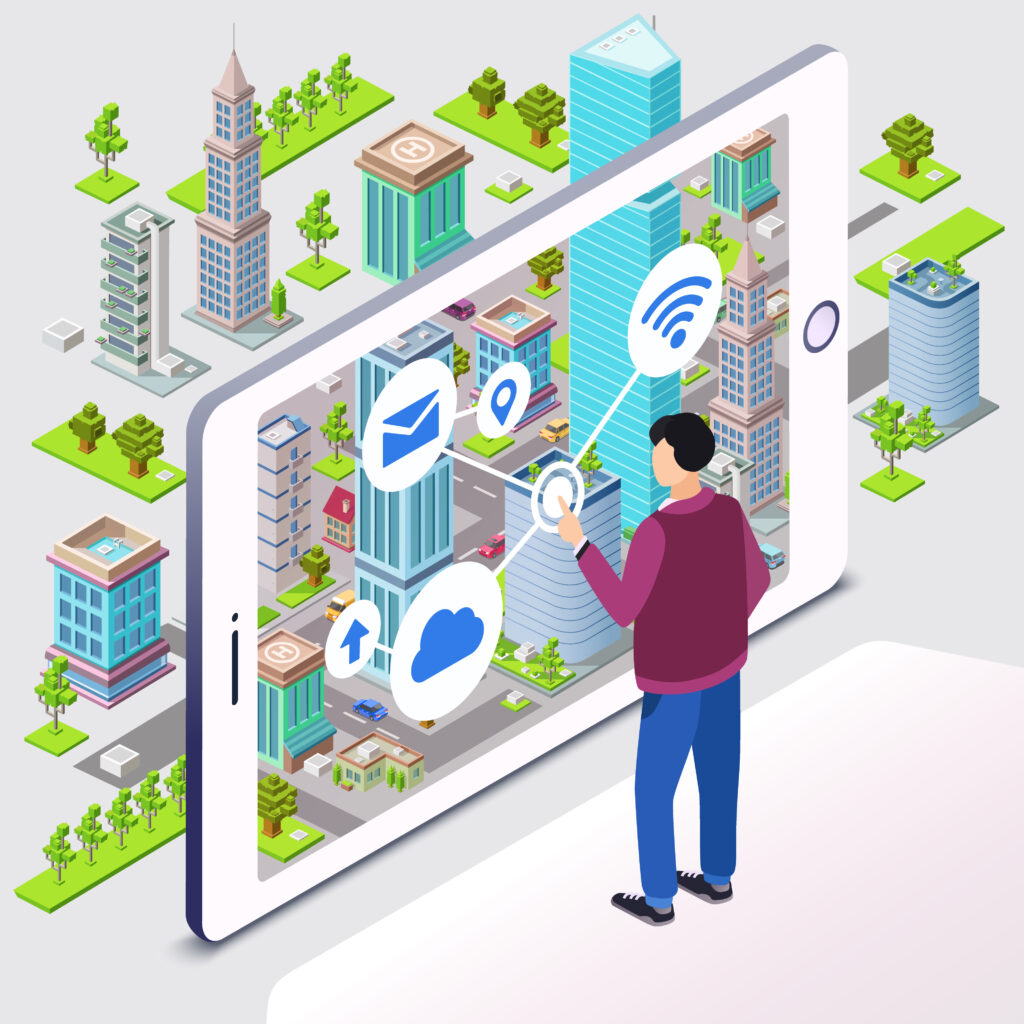
Edge computing is being increasingly adopted at the asset or site level, enabling real-time processing and decision-making right where the data originates. This improves system responsiveness and allows for localized automation.
Centralized cloud analytics platforms compile, process, and visualize data from multiple edge sites, offering utilities and plants a comprehensive, unified view of system health and trends. Artificial intelligence and machine learning algorithms further enhance these capabilities by automatically identifying anomalies, predicting failures, and delivering actionable insights.
Smart Infrastructure with Smart Sensors in Action
Advanced technology of modern smart sensors, embedded within infrastructure, goes beyond basic monitoring for water and energy systems. They become the eyes and ears of a utility or plant, capturing a multitude of variables that are crucial in order to optimize operations. They track:
Temperature and vibration (for mechanical health)
Flow, pressure, state, and quality (for electricity, water, gas, and oil systems)
Energy consumption and grid stability (in smart grids)
Environmental conditions (air quality, leakage, pollution)
Many sensors are deployed in hazardous or otherwise inaccessible environments, digitizing utilities, businesses, and municipalities, as well as improving safety by reducing human exposure to risk while maintaining constant vigilance to workplace safety. This distributed intelligence effectively replaces periodic, manual checks with continuous, automated assurance of system integrity and performance.
Waltero’s Solution: Empowering Plants and Utilities with Sustainable & Smart Infrastructure Technologies
Waltero is driving the digital transformation of infrastructure systems in plants and utilities, delivering a holistic approach that merges advanced digital technologies with deep operational expertise. The goal is clear: to help industries reduce energy consumption, enhance energy efficiency, and create a future where physical infrastructure operates at peak performance while supporting sustainability targets.
At the forefront of this revolution is the W-Sensor, Waltero’s cutting-edge camera-based hardware designed to deliver unprecedented visibility into plant and utility environments. Installed at strategic points across facilities, the W-Sensor continuously monitors key operational areas—capturing high-resolution imagery and environmental readings that feed into intelligent control systems and communication systems. This smart utility management capability allows operators to respond instantly to anomalies, minimize downtime, and maintain constant asset monitoring with consistent data output.
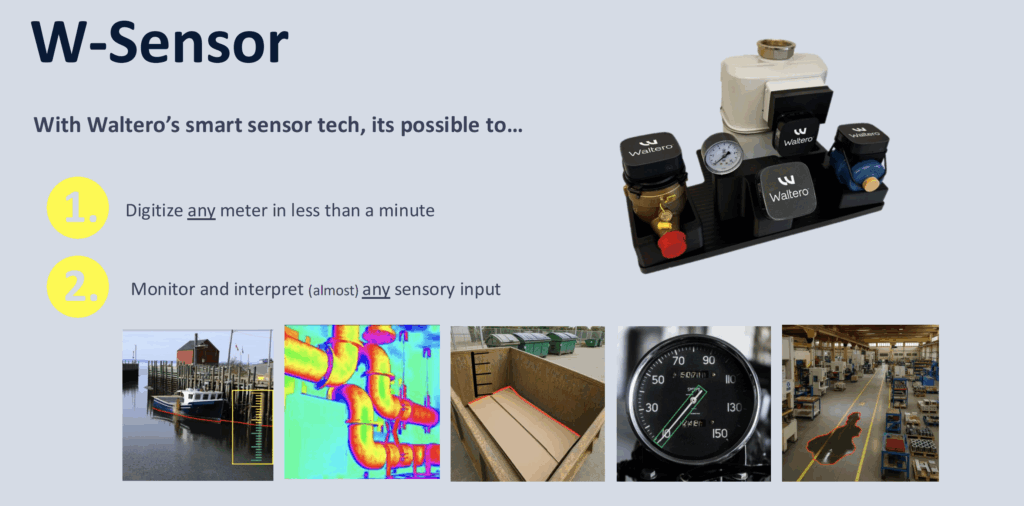
The intelligence behind these insights comes from Mimir, Waltero’s advanced cloud-based platform for data management, real time data processing, and data analytics. Mimir consolidates information from multiple W-Sensors and other IoT devices, applying AI-driven models to detect inefficiencies, predict equipment failures, and recommend optimal operating conditions. This capability, empowered with IoT asset tracking, enables teams to optimize operations, improve efficiency, and streamline maintenance workflows—delivering the benefits of real-time infrastructure monitoring to every facility.
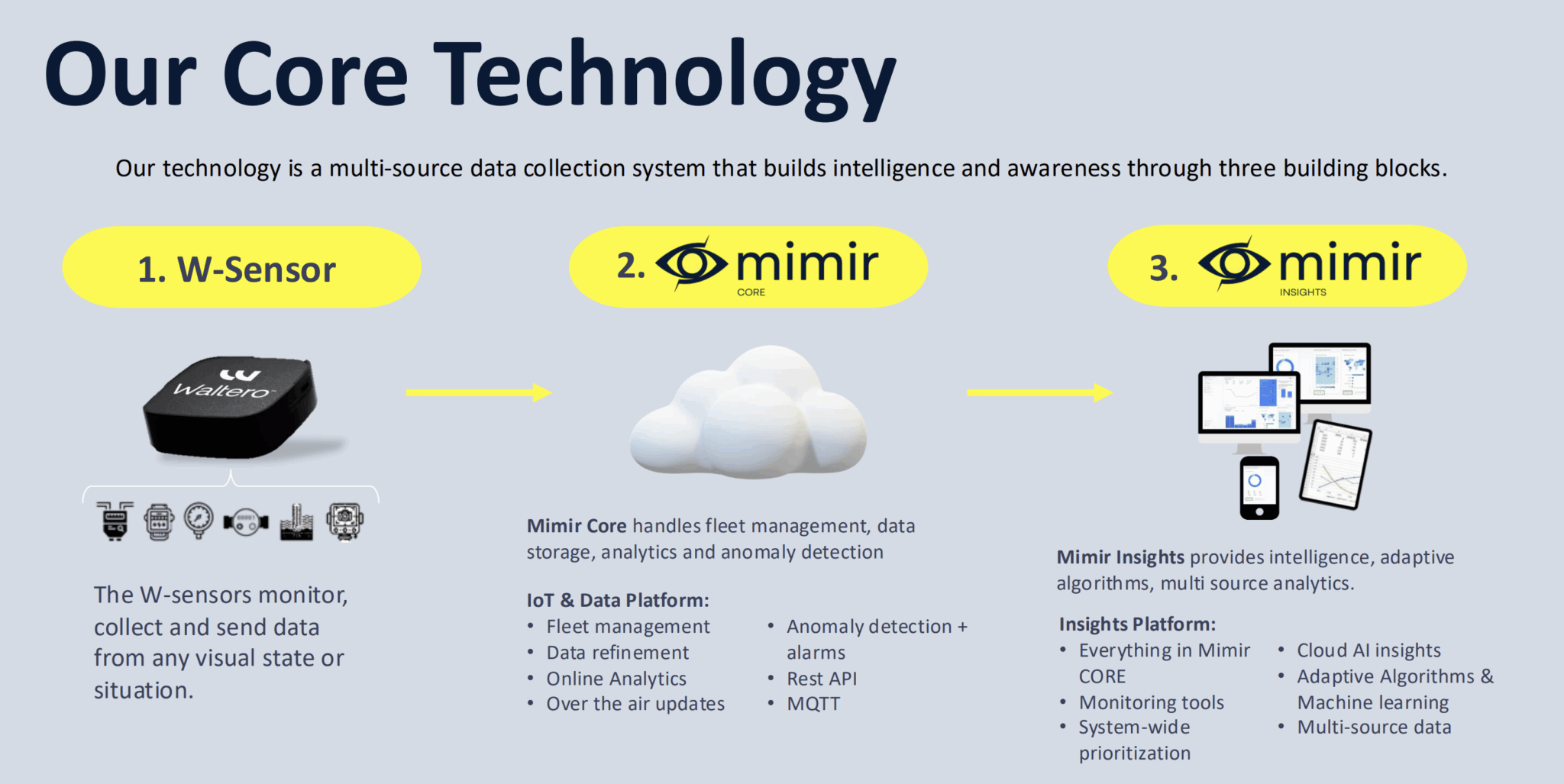
Waltero empowers plants and utilities to embrace the future with intelligent infrastructure systems that connect communication systems, control systems, and data management tools into a unified, digital ecosystem. Leveraging real-time data analytics and advanced data analytics, our solutions optimize operations, reduce energy consumption, and enhance energy efficiency across physical infrastructure and smart building environments. Supporting urban planning and smart cities initiatives, Waltero helps industries create a sustainable infrastructure amd improve efficiency and make faster data-driven decisions, turning digital innovation into sustainable performance.
Apply for Waltero’s Exploratory Kit – Smart Metering Technology to see how visual AI and IoT can modernize your operations and help you realize smart infrastructure for your organization.
How Remote Monitoring and Smart Sensors Work
IoT-enabled infrastructure security is a critical part of modern smart infrastructure. Remote monitoring systems collect and aggregate data from assets that are often distributed across vast regions, such as
Power plants
Water treatment facilities
Substations
Pipelines
Environmental monitoring sites
These systems rely on a secure and robust network of communication platforms and cloud connectivity to remotely deliver real-time insights and alerts directly to operators, irrespective of physical distances. Such as:
Secure communication networks (5G, LoRaWAN, LTE-M, Sigfox, LPWAN, NB-IoT)
Centralized analytics hubs with AI and machine learning capabilities
At the heart of these setups are predictive maintenance sensors and advanced analytics platforms, often augmented with Edge AI and machine learning, to sift through massive volumes of sensor data within energy systems, analyze and interpret data, discover energy usage patterns, and flag anomalies or risks with impressive speed and accuracy.
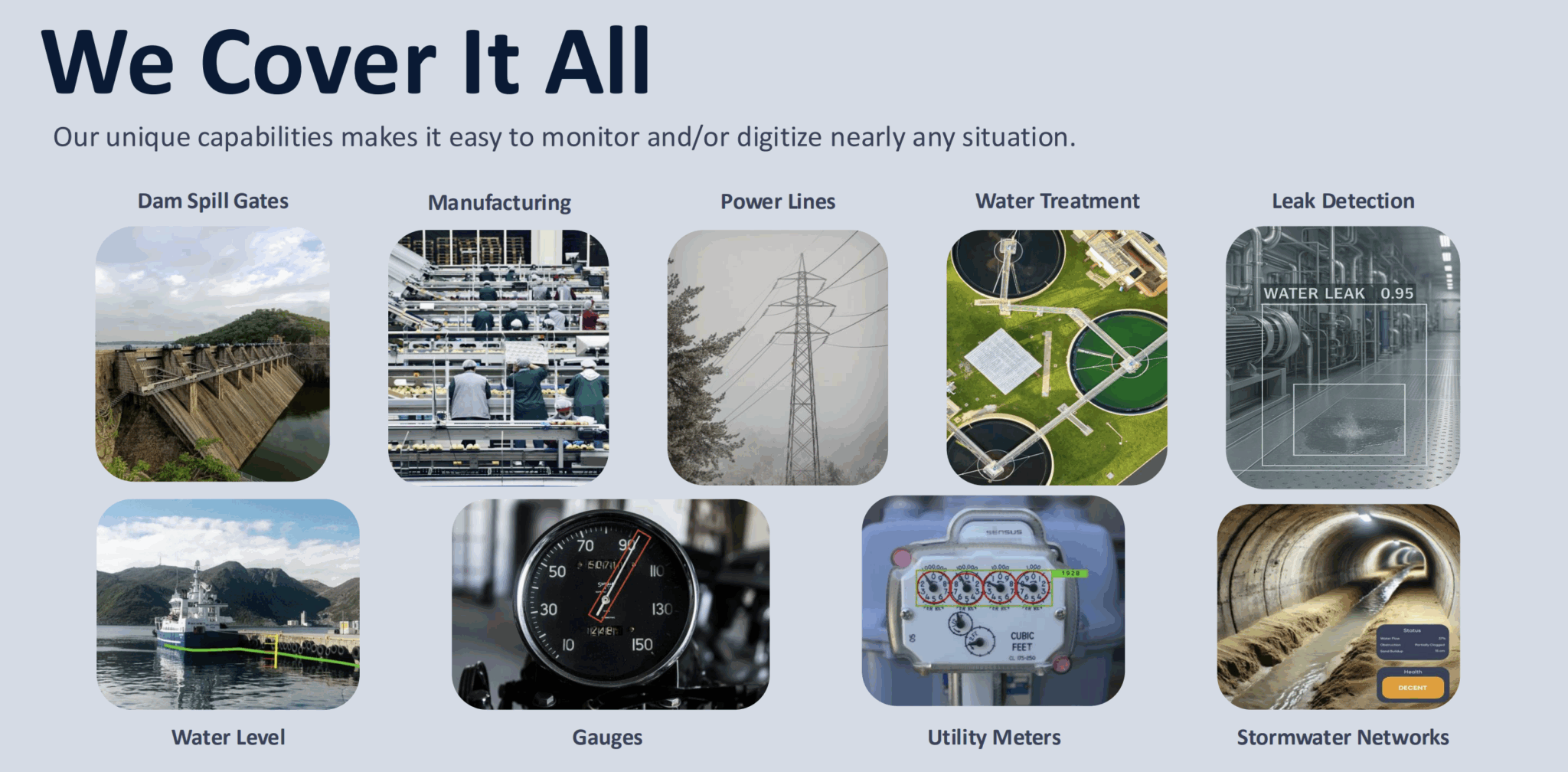
Advanced communications technologies provide the resilient and scalable backbone needed to transmit high volumes of data securely and efficiently. IoT in utilities is enabling unprecedented connectivity, allowing operators to remotely control systems, manage, monitor, and secure high-value assets within infrastructure systems at scale.
Benefits of Smart Infrastructure for Utilities and Plants
Smart infrastructure offers a wide range of benefits for utilities and industrial plants, reshaping how they operate, maintain, and optimise their assets. By leveraging real-time monitoring, predictive analytics, and automation, these systems enable operators to move from reactive problem-solving toward proactive, data-driven decision-making.
Predictive Maintenance: Smart infrastructure enables early detection of equipment faults and inefficiencies through continuous monitoring. By identifying issues before they escalate, utilities and plants can schedule maintenance proactively, avoid costly emergency repairs, and significantly reduce downtime.
Resource Optimization: Real-time visibility into asset performance allows operators to detect inefficiencies such as leaks, energy wastage, or pressure anomalies. Addressing these problems promptly not only saves resources but also reduces operational costs and environmental impact.
Remote Operations: With remote monitoring solutions for plants, teams can manage critical infrastructure from anywhere, minimising the need for frequent on-site visits. This is especially valuable for facilities in remote, hazardous, or hard-to-reach locations, improving operational flexibility and safety.
Enhanced Safety: Continuous monitoring systems can alert operators to hazardous conditions—such as overheating equipment, gas leaks, or structural instability—before they become dangerous. These timely alerts help reduce risks to both personnel and surrounding communities.
Lower Operational Costs: Automation and data-driven decision-making reduce labour-intensive inspections, emergency interventions, and inefficiencies. Over time, these optimisations lead to significant savings while improving overall service delivery.
Improved Sustainability: By analysing consumption patterns and identifying waste points, smart infrastructure empowers utilities to conserve resources, lower carbon emissions, and extend the operational lifespan of assets.
Regulatory Compliance: Continuous and automated data logging ensures that utilities have accurate, auditable records of their operations, supporting easier compliance with environmental, safety, and industry regulations while reducing the risk of fines or penalties.
The implementation of smart infrastructure yields numerous advantages, with the most immediate being the shift to predictive maintenance strategies. Previously, asset failure could take operators by surprise, resulting in costly emergency repairs and unplanned downtime.
Challenges and Considerations
Despite its transformative potential, implementing smart infrastructure does come with important challenges. The interconnected nature of these digital networks increases exposure to cybersecurity threats, making IoT-enabled infrastructure security essential through robust encryption, individualized access controls, and continuous monitoring.
Ensuring interoperability among diverse vendors and device types also presents a significant hurdle. Utility operators and managers must carefully select systems that can seamlessly integrate into a unified whole. That’s why Waltero’s smart device is considered one of its own, as it offers a scalable and cost-effective solution that integrates with existing systems without having to remove and replace or interrupt ongoing processes within the utility or plant. And it can be set up in a few-minute interval.
Effective change management is crucial as well, requiring comprehensive training and support to help employees transition from manual processes to data-driven, automated workflows. Although the initial cost of upgrading to smart infrastructure can be substantial, the long-term benefits—including reduced maintenance bills, improved efficiency, and easier regulatory compliance—more than justify the investment.
Future Outlook: Smart Infrastructure as the Backbone of Sustainable Cities
Looking toward the future, smart infrastructure is poised to form the backbone of tomorrow’s sustainable smart cities. These digital networks promise a world in which power grids self-heal in the aftermath of outages, and maintenance interventions are precisely targeted rather than scheduled according to arbitrary intervals. For instance, smart water management systems adjust automatically to demand and interrupt water flow if leaks are detected.
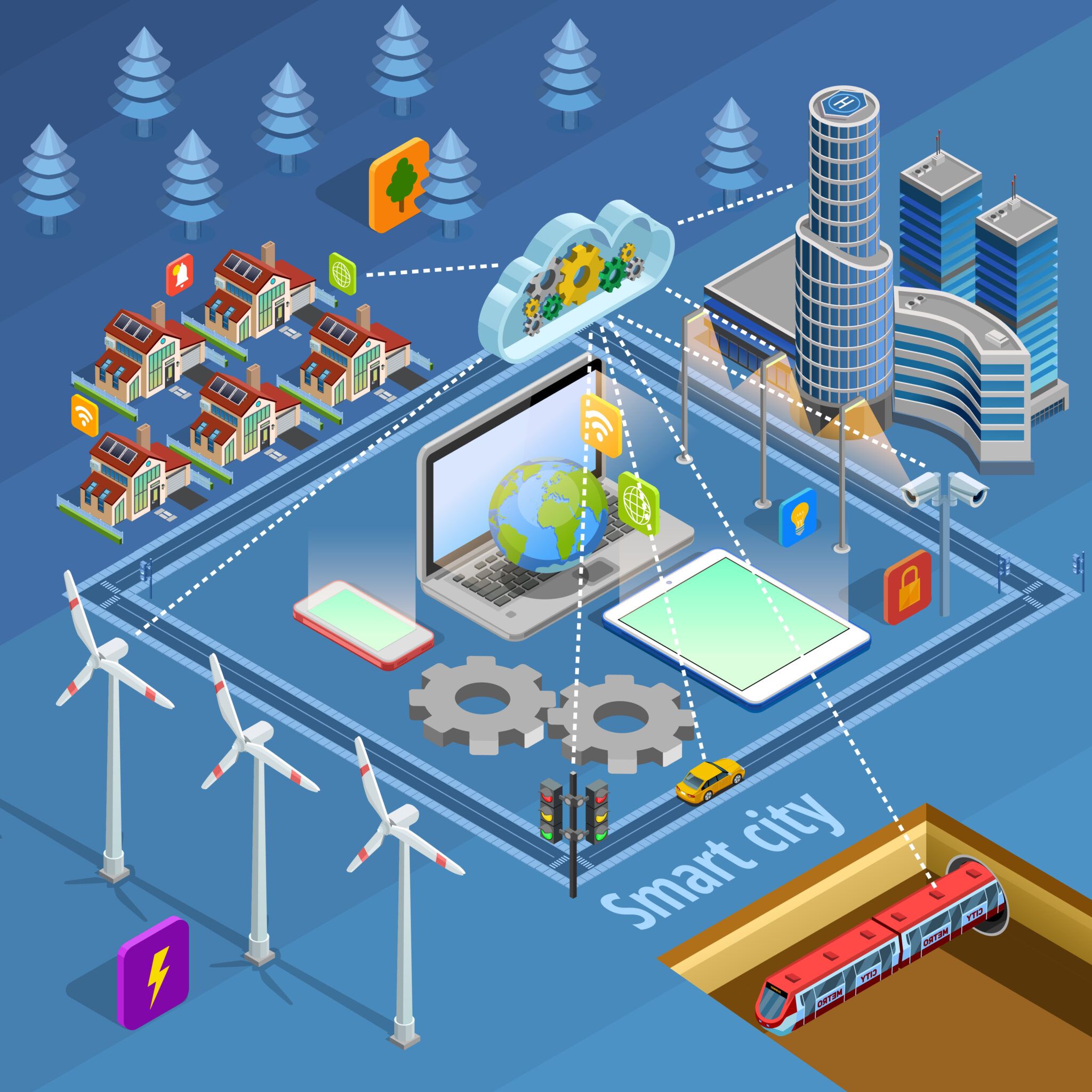
Everything will be connected to the smart grid, from smart utilities, to smart plants, to smart waste systems, all the way to intelligent transportation systems, and more.
All will be synchronized, data accessible, and digitized. The result is not just more resilient infrastructure, but a dramatic enhancement to control systems and any inefficient service delivery.
With data-driven intelligence, smart city utilities and plants will be better equipped to handle swelling populations, tightening resource constraints, and the uncertainties of a changing climate.
Conclusion
Smart infrastructure is now a present reality, driving notable improvements in operational efficiency, resilience, and sustainability for utilities and industrial plants. As companies across the globe embrace remote diagnostics for utilities, IoT in utilities, and predictive maintenance in utilities, they are reaping the benefits of real-time infrastructure monitoring—from greater resource optimization to enhanced safety and lower costs. In an era where agility, efficiency, and environmental stewardship are increasingly non-negotiable, the transition to intelligent, data-driven infrastructure is becoming essential.
For utility companies, plant operators, government agencies, and city planners, the journey toward smart infrastructure—powered by digital connectivity and continuous monitoring—is key to thriving in a rapidly evolving world.
%3Aformat(webp)&w=3840&q=75)



